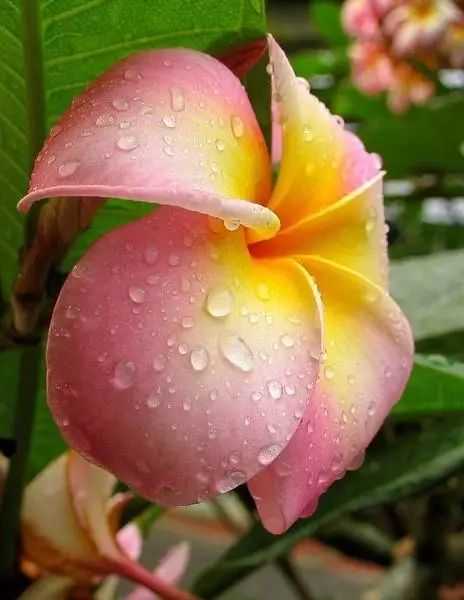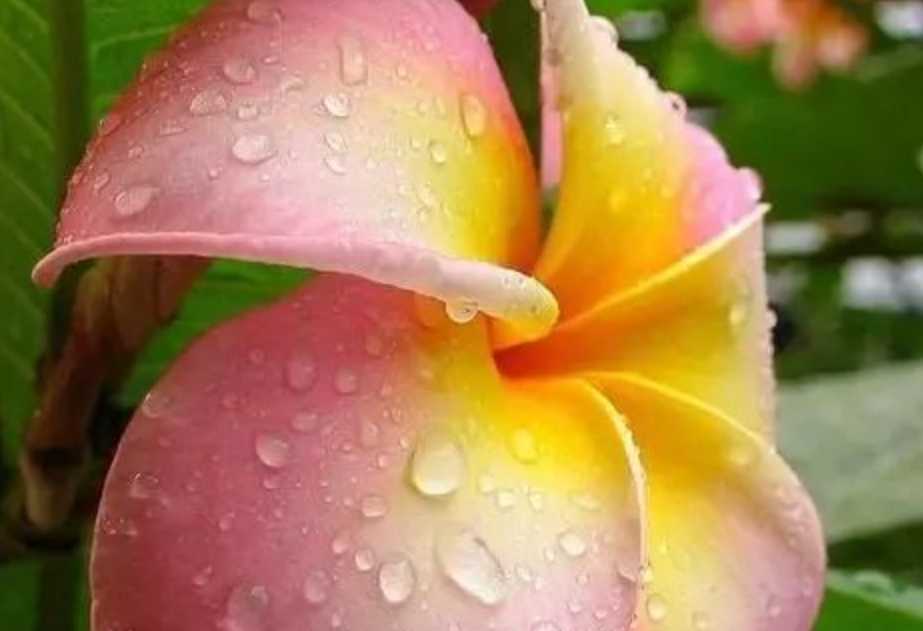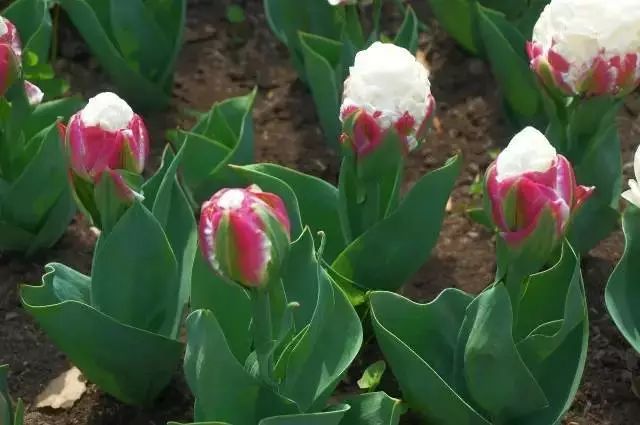The Enchanting Plumeria: A Tropical Floral Emblem
The Plumeria, commonly known as Frangipani, is an iconic tropical tree celebrated for its fragrant blossoms and cultural significance across the globe. Native to Central and South America, this deciduous or semi-evergreen plant has naturalized in warm climates from Southeast Asia to the Pacific Islands, thriving in sunny, arid regions.

Source: Images from the Internet, if there is any infringement, please contact the removal of
A Symphony of Scents and Colors
Plumeria trees grow 3–8 meters tall, with succulent, leafless branches that store water during dry seasons. Their leaves are large, oblong, and arranged in whorls at branch tips, creating a lush canopy. The flowers, however, are the plant’s crowning glory: five-petaled blooms (5–7 cm across) in soft pastels or vibrant hues. Common colors include pure white, lemon yellow, peach, and deep pink, often with contrasting centers. The petals are waxy and slightly ruffled, while their sweet, citrusy fragrance intensifies at night, attracting moths and other pollinators. Each flower cluster (cyme) can bear 10–20 blooms, lasting up to a week on the tree and retaining their scent when cut.
Cultural Tapestry and Practical Uses
In Hindu and Buddhist traditions, Plumeria symbolizes immortality and is planted near temples, with its flowers used in religious ceremonies. In Polynesian culture, the flower denotes love and fertility, often worn behind the ear to signal relationship status. Commercially, Plumeria extracts are used in perfumery and aromatherapy, while the wood’s lightweight texture makes it ideal for carvings. The plant is also valued in traditional medicine for its anti-inflammatory properties, though all parts contain milky sap that may irritate skin. As a hardy ornamental, Plumeria thrives in containers or garden beds with well-drained soil, requiring minimal care beyond protection from frost. Its blooms have become emblems of tropical paradise, adorning everything from Hawaiian leis to beachside architecture, embodying nature’s gift of beauty and fragrance.
-------- END --------






